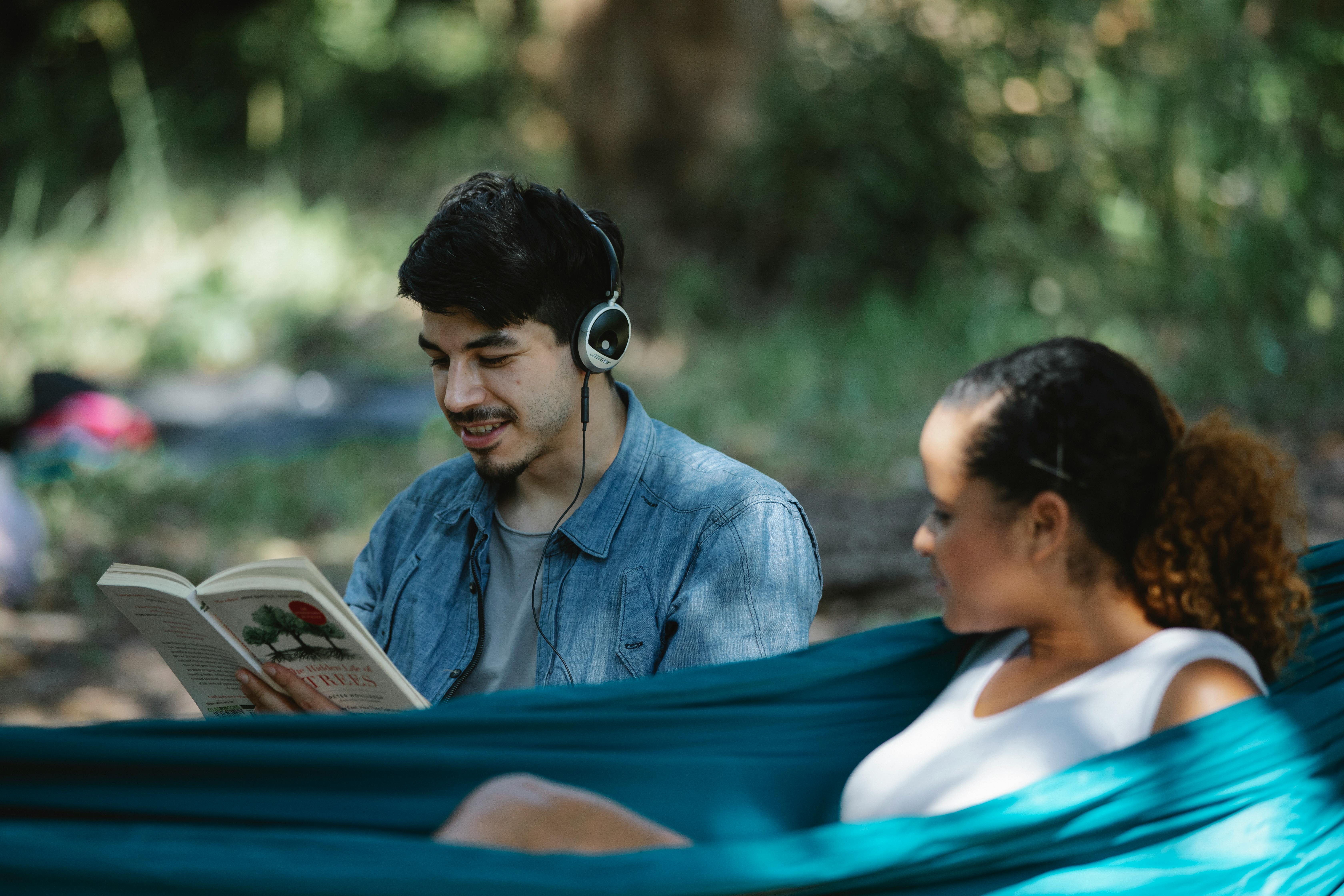If you want your children to learn and retain a new skill or concept, what way of teaching that skill or concept do you think works best? Review the teaching strategies listed below and choose the one you think will have the greatest impact on retention of the material.
explaining it verbally.
Have them read the material for themselves.
Demonstrate the skill so they can see that it is done correctly.
Make them do it themselves.
Putting them to the test on him.
None of the items listed create the highest incidence of material retention. The teaching strategy that has the best impact on recall of skills or concepts is not included here.
There are two ways to measure material retention. One is to measure the percentage of the material that is remembered. The second is to measure the time the material is held before it is forgotten. Explaining a skill verbally is not the most effective way to promote the percentage of material retained or the length of time it is retained. It is also not having children read the material for themselves, demonstrate the skill, have them do it themselves, or test them. The greatest amount of retention of material occurs when children teach a concept or skill to another person.
Teaching another person a skill moves that concept from short-term memory to long-term memory. If you explain two or three times how to do long division to someone else, they may never understand the process, but you (the explainer) will experience greater clarity and learning. When you teach a skill or concept, you need to think about it, formulate it in your mind, rehearse how you want to explain it, say it out loud, and adjust your answers to the questions and the student’s level of understanding. You may need to find new examples, new words to explain, and new ways to think about the skill or concept involved. Being involved in this process serves you (the teacher) as well as the student. Increase your retention level.
So what does all this mean for parents? It means that if you want your child to learn something well, ask him to teach it to someone else.
To help your ten-year-old son remember the steps involved in feeding the dog, have him explain how to feed the dog to his younger sister.
Ask your teen to teach your spouse or a friend the safety rules for operating the lawnmower.
Encourage your toddler to tell your baby the four important things to do to keep teeth clean when brushing. The baby won’t learn the skill, but your toddler will.
See one, do one, teach one is a useful strategy that combines the benefits of different learning styles. This process comes from the medical model. Medical students often see someone first put on a splint, then put on a splint, and then teach someone else how to put on a splint. The process involves them seeing the skill modeled, doing it themselves, and then teaching the skill to another student. Maximum learning results when the student performs these three activities.
Every Saturday morning, the Warner family cleaned their house for two hours before attending to their individual schedules. All the children and parents had different cleaning responsibilities during this Saturday morning ritual. Mr. Warner did the toilets.
When it came time to teach the children how to clean bathrooms, Mr. Warner decided to start with the toilet. He first engaged the older child and demonstrated the correct toilet cleaning procedure (See one) as he discussed each of the important steps involved. The boy then went downstairs and cleaned the toilet in that bathroom (Do One) while Mr. Warner watched and gave descriptive and corrective feedback.
The following Saturday, the oldest son explained how to clean a toilet (Teach One) to the second oldest son.
The See One, Do One, Teach One process was repeated until all three children knew how to clean the toilet. Mr. Warner was one of a growing number of parents realizing that if you want a behavior, you have to teach it. He also knew that if he wants to remember a behavior, he must allow the student to teach the behavior.
Want to remember the See One, Do One, Teach One philosophy to help children learn important skills and concepts? If so, show it to someone else.
